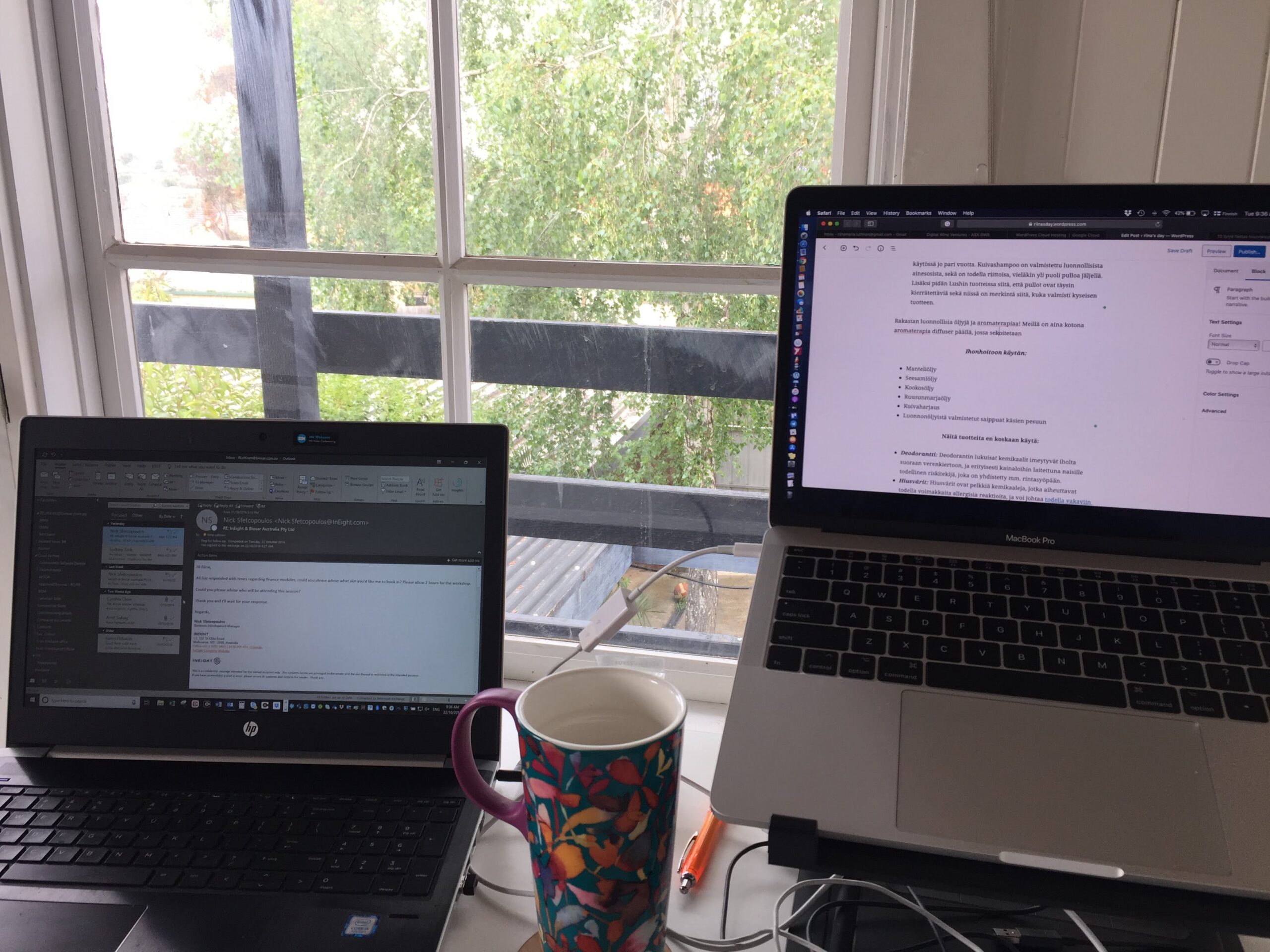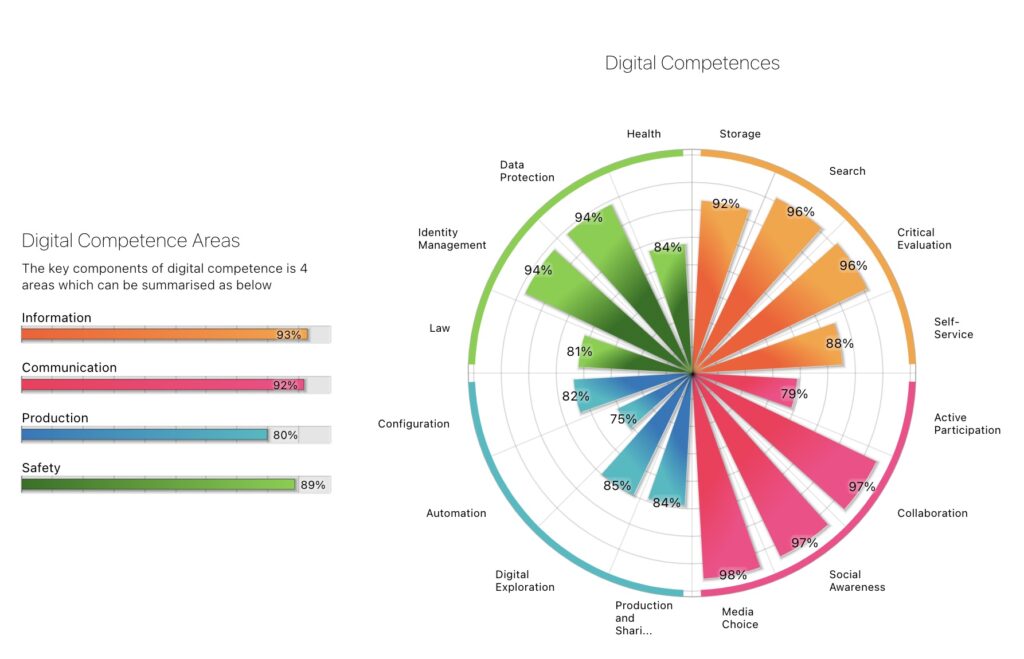KELA
The Social Insurance Institution of Finland or as known as KELA in Finnish provides services for families, students and people in case of unemployment or sickness. I do not use directly any services of KELA but when I was a bachelor’s degree student back in the early 2010s, monthly student benefit from KELA was much appreciated and needed. I rarely log in to KELA electronic services (the latest log-in was a couple of years back I see!) yet now I logged in and used my verified banking details to log in. I typed in a secret access code and accepted the login from my smartphone app. From the secured access, a citizen can apply for all KELA benefits and attach documents of support. Also, the communication and KELA officer’s decisions will be available immediately from the service. Another way of logging in (in case you don’t have Finnish verified banking details) would be Mobile ID or “Mobiilivarmenne” in Finnish which is linked to your phone and SIM card and allows you to access Finnish state-provided services online. I do not have any personal experience with using Mobile ID but it is a great additional security method to verify yourself online.
Oma Kanta
I logged in to OmaKanta with my verified banking details (the same process as with KELA above). OmaKanta has all data regarding your healthcare, including your visits to private healthcare providers. I see my latest dental appointment and sports massage appointments were all recorded to the service as well. OmaKanta is a fantastic service to have as you will never need to carry any paperwork with you and all medical staff has access to your details, including tests, diagnoses and prescriptions.
KEVA
I checked my details from KEVA and used the same method of logging in securely as with KELA and OmaKanta (verified banking details). The service has all working history details and pension estimates and a calculator to provide an indicator of when can you fully retire and how much pension you will receive. In case you wish to use only the public pension system. The pension estimator shows you exactly how much you would receive if you retire at 63 years or 68 years of age. I think it’s a great eye-opener for many to realize how you will need to have your investments and multiple sources of income to retire much sooner than the estimated/average pension age in Finland.





Digital shops and applications
I compared Booking.com hotel reservation deals vs. Pricing directly from the hotel. The prices were lower on Booking.com and had some pretty good deals compared to the ones hotels can offer. I noticed that hotel chains did not have as good offers as private / boutique hotels had. Some of the hotel chains had offers (f.e. a 15 % discount) if the customer chooses to book directly via their website and not to use deal sites such as booking.com.
I use Finnair for flights and VR for railway bookings quite a lot for leisure and work/studies. Their booking services are very easy to use, and especially Finnair has reliable and accommodating frequent flyer benefits. With VR, I have noticed how the prices vary, depending on whether you have searched for the same route and dates previously. One way to go around that is to use Google’s incognito browsing or a completely different browser or browsing profile to get the best prices. Both services have great and sophisticated, easy-to-use websites and mobile apps so you will always have your tickets and boarding passes with you. So easy and user-friendly architecture.
Digitalization and digital gap
In my opinion, a digital gap in Finland is common amongst the elders. My 88-year-old grandmother knows hows to use a cell phone to make calls and answer them but not to read text messages. Yet, she receives texts from service providers which we read to her out loud. She doesn’t want to have a contactless payment debit card and opts to carry only cash with her. As this is the way she’s always done and keeps on to her monthly budget. In our small town bank office, open hrs are very limited and there’s only one ATM in the whole town. You can only imagine the queue of elderly awaiting to be served. Receiving paper invoices and paying them at the bank branch also costs extra. Can you imagine there might be a 10euro billing fee? I see that as discrimination.
Other contributing factors to digital gaps might be lack of access to the internet which should not be a thing in Finland but yet it is in rural areas such as Lapland. Or that digital devices might be too much of a cost and constant software updates bring yet another headache if you’re not grown in a digital era.
At least the public services must be provided in paper form and service offices (such as tax offices, health care providers etc) are available in most towns, even in rural areas. Private companies are not being that regulated yet they’re obligated to follow national and EU law when comes to providing services.
Digital Competence Test
The Digital Competence Test was very interesting and eye-opening. And it confirmed my strengths and weaker points with digitalization. I am quite confident to say that I am a very effective user of digital services and have very organised working methods online and understand cyber safety. I always take precautions and have protected my data with 2-way protection etc. What I need to learn more about, is the actual physical architecture of how computers and f.e. routing systems are built, maintained and designed. You can check below my top skills and what to improve. My top three competencies were Media Choice, Collaboration and Social Awareness. The top three competencies with the lowest score were Automation, Active Participation and Law.


Self-reflection
Familiarizing with Finnish public services and service providers such as above mentioned KELA, KEVA and OmaKanta made me think how easy and convenient it is for the citizens and service providers to manage all processes digitally. Yet, it is not fair or easy for the ones in digital gaps (elderly, foreign workforce and students, people with disabilities) to use digital services, not to mention they might not have verified banking details or “Mobiilivarmenne”. And cutting physical offices (tax offices, bank branches, employment offices) from the most rural areas and centralizing services into one main city in the region might be too much of a distance to travel for some. But as usual, all changes have their positive and negative sides to them. I am grateful to be a digital citizen to save time and resources to do all my “life admin” tasks purely digitally and can use that office queuing time to do something else instead. The digital competence test was an accurate, thorough and great insight into my digital competence areas and provided good knowledge on what could be something that I could improve my knowledge. I will check the sections Automation, Active Participation and Law with motivation to learn more. In my current role within export and logistics, I am managing a new project with a more effective digital information-sharing platform where I can apply all of the learning outcomes and improvements in real life.

Hi Riina, nice post about digital citizen – thanks! 🙂 Businesses are able to leverage individual’s online behavior data to determine, categorize and score their interests to deliver personalized product recommendations and custom prices depending on the score of interest. The travel industry and aviation are probably the best known for setting prices like this. It’s insane smart of them. Awful for the consumer.
Hi Riina, and thank you for your text. I enjoyed reading about booking.com and your thoughts about that.
I’m just starting my blog here: https://blogi.savonia.fi/emmisilver/digi-citizen/